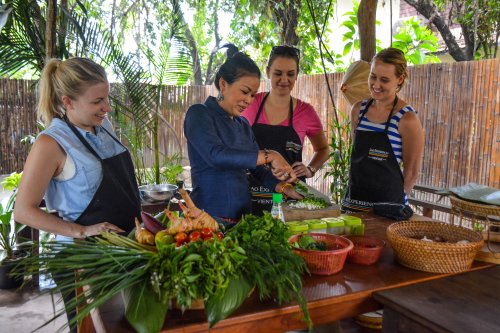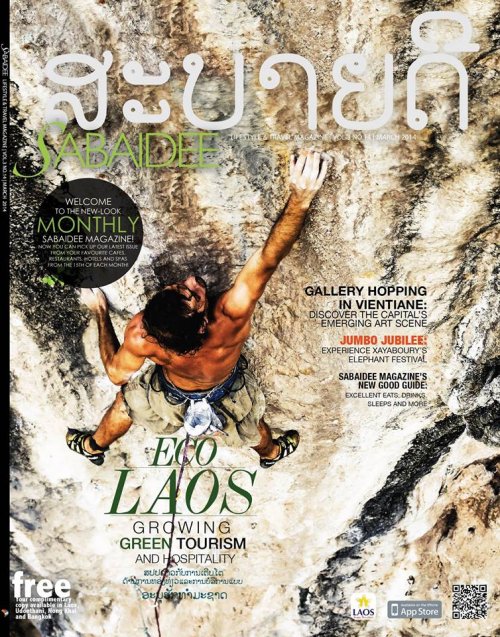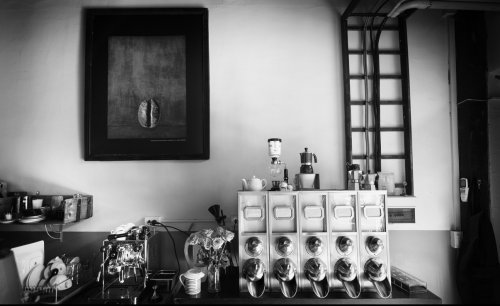Connecting Cuisine And Culture
If you’re seeking an authentic local experience in a new city, sometimes you have to be willing to get your hands dirty – but when it’s all in the name of good food, the pleasure is all ours. Sabaidee Magazine joined a market tour and cooking class run by Lao cook Nouk through Lao Experiences Vientiane.
“Smells bad, looks bad, but tastes amazing!” declares Nouk Keoaloun, the owner of Lao Experiences Vientiane, and our guide for today’s market tour and cooking class, as she motions for me to sniff the bunch of greens she’s holding. It’s called pak kah and it indeed smells bad, but before I have time to ponder its tastiness, we are whisked off to another stall in Vientiane’s bustling Thong Khan Kham market to discover more weird and wonderful ingredients.
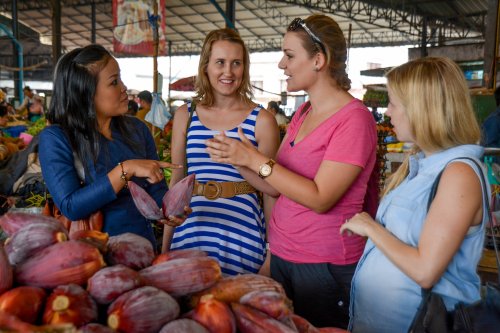
As we stroll through the market learning about different flavours and their role in Lao cooking, Nouk greets friends and vendors and I feel lucky to be part of these cheerful exchanges over mounds of fresh produce. She introduces us to a man who has been peddling his home-grown herbs here for 17 years and picks a cluster of coriander to show us how to select the most flavoursome bunch – the trick is younger herbs look fresher but pack less punch.
Lao Experiences began in 2011 when Luang Prabang-born Nouk, who formerly ran a riverside restaurant in Vientiane, and an Australian friend wanted to highlight fresh, healthy and tasty Lao cuisine to expats and visitors. Nouk’s classes aren’t all about sampling local fare though, they also explore the connection between traditional Lao food and culture – offering participants a slice of Lao life paired with delicious food.
“I started cooking when I was 12 years old. My father loved to cook and he passed his appreciation for food on to me and my six siblings… for me food is important, cooking makes me happy and I want to share that with the world,” Nouk says.
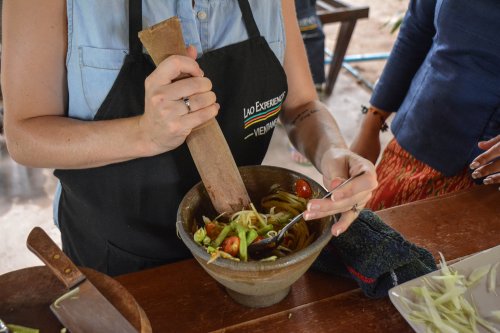 After a Lao coffee in one of the market’s rare quiet alcoves, we pile into a tuk tuk and head to Nouk’s leafy garden kitchen in her home by the Mekong. We don our aprons and begin to chop ingredients for our Mok Pa (fish in banana leaf) as Nouk guides us through the recipe. Once we’ve combined our ingredients with a mortar and pestle, we wrap the herb-coated chunks of river fish into plump parcels to cook in a traditional bamboo steamer.
After a Lao coffee in one of the market’s rare quiet alcoves, we pile into a tuk tuk and head to Nouk’s leafy garden kitchen in her home by the Mekong. We don our aprons and begin to chop ingredients for our Mok Pa (fish in banana leaf) as Nouk guides us through the recipe. Once we’ve combined our ingredients with a mortar and pestle, we wrap the herb-coated chunks of river fish into plump parcels to cook in a traditional bamboo steamer.
Nouk still stays true to her father’s recipes, and the Laap Gai (chicken laap) we are creating today is one of his specialities – he adds banana flower – but she is always experimenting with new techniques and ingredients, a nod to this is today’s optional variation on Mok Pa, using tofu to create a melt-in-your-mouth texture.
For the duration of the class we soak up Nouk’s guidance and culinary knowledge as she also takes us through perfecting sticky rice, eggplant and tomato Jeow, Tam Mak Houng (spicy papaya salad) and a sweet Khao Niaow Mak Moong (mango and sticky rice).
It’s time to feast on our creations on the shady terrace and it’s here the true complexities of Lao cuisine are revealed – each dish is a perfectly balanced medley of flavours and textures and, unbelievably for those of us who aren’t culinary whizzes, it tastes good too.
For more information on Lao Experiences Vientiane visit www.lao-experiences.com.
 This article was originally printed in Sabaidee Magazine, Issue 14, March 2014. You can pick up Sabaidee Magazine free from cafes, restaurants, spas and hotels across Vientiane, and stay up to date with their latest articles and local events through their Facebook page: www.facebook.com/sabaideemagazine.
This article was originally printed in Sabaidee Magazine, Issue 14, March 2014. You can pick up Sabaidee Magazine free from cafes, restaurants, spas and hotels across Vientiane, and stay up to date with their latest articles and local events through their Facebook page: www.facebook.com/sabaideemagazine.
Words by Kate Antonas, Photos by Hannah McDonald-Moniz

